A Walking Tour Of Guanajuato & Its Historic Centre
MEXICO13 February 2024
A Walking Tour Of Guanajuato And Its Historic Centre
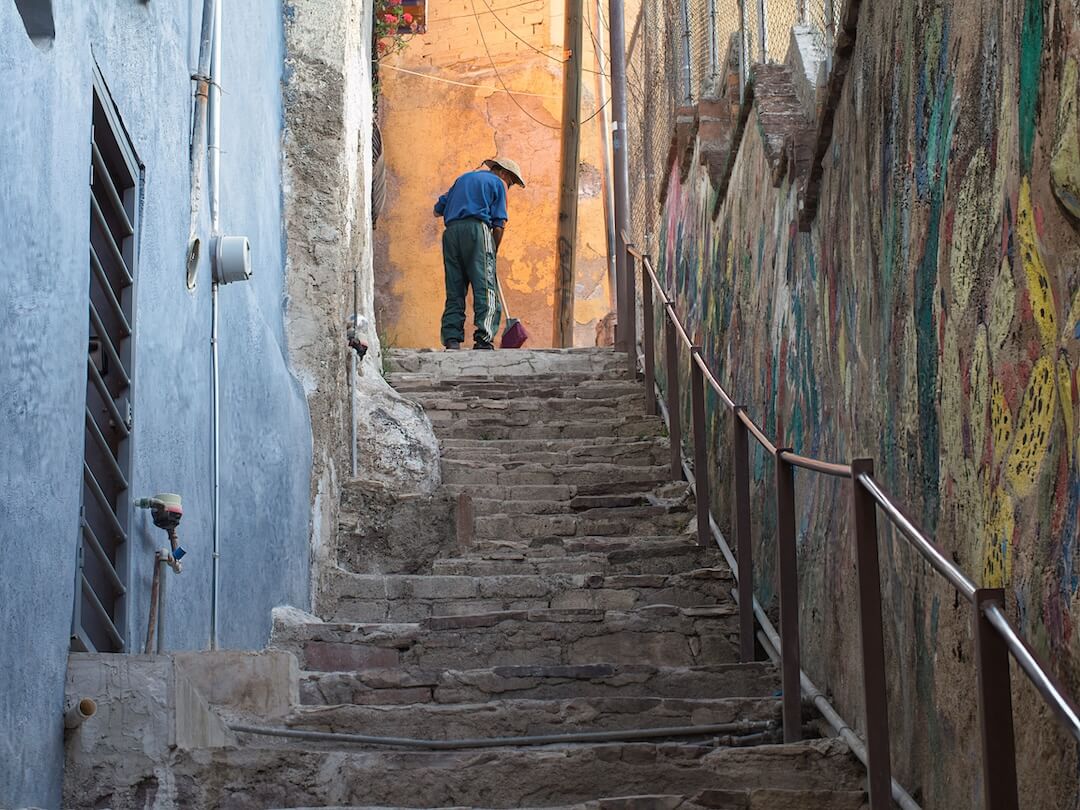
Guanajuato is a walker’s dream – especially if you’re a hill walker. Set in a ravine, many of its cobbled streets rise dramatically up the hillside and are some of the steepest we’ve ever encountered. Indeed, you could spend the best part of a day working your way around these fascinating and colourful barrios.
We’ll feature some of these narrow streets and alleyways in our walking tour of Guanajuato as they are as essential to experiencing the city as visiting its museums, historic buildings and eateries.
Our guide follows a simple route through the historic centre, with some detours that are also worth doing. And our forthcoming Essential Guide to Guanajuato will provide plenty more suggestions and recommendations for getting the very best out of this wonderful and historic Mexican city.
Table of Contents
Click on the link to go straight there…
Walking tour of Guanajuato
- Plaza Allende
- Templo de San Francisco & de Sopena
- Detour to El Pipila monument
- Jardin de La Union
- Plaza de la Paz
- Plaza de Los Angeles to Plaza de San Roque
- Mercado Hidalgo
- Detour to Plaza de Las Ranas
- Plaza de La Alhondiga
- Positos to Iglesia de La Campania
- Detour towards Cerro de La Sirena
- Plaza del Baratillo
- Detour into the side streets behind the plaza
- Cantarranas & Plaza del Ropero
The route
Plaza Allende
We start at Plaza Allende, a square that epitomises much of Guanajuato’s quirkiness. Situated in front of a cliff packed with brightly coloured and precariously arranged houses, it features two statues – one is of the fictional character, Don Quijote and the other is his squire, Sancho Panza.
Guanajuato’s connection with the travelling knight and his noble steed, Rocinante, is through the exiled Spanish intellectual, Eulalio Ferrer, who donated his collection of Don Quijote-related art and memorabilia to the city. Much of which is now housed inside the Iconografico del Quijote Museum.
The plaza is also home to Teatro Cervantes, named after the author of the Don Quijote stories (Miguel de Cervantes) – and who also lent his name to the renowned International Cervantino Festival, which takes place in Guanajuato every October.
Plaza Allende
Templo de San Franciso & de Sopena
Opposite, a pedestrianised street (Del Campanero) leads to the main thoroughfare in Guanajuato’s historic centre. Just before that a couple of tables and chairs, perched on top of a quaint stone bridge that crosses the street, will undoubtedly be occupied. They belong to Santo Café and are probably the two most “desirable” table spaces in the city.
Turning left onto Manuel Doblano, the striking red facade of Templo de San Francisco is a gorgeous sight. Especially when it pierces a bright, blue sky.
Templo de San Francisco
More or less next door, another Don Quijote sculpture guards the entrance to the Iconografico del Quijote Museum. Allow 45 minutes to an hour to explore if you want to go inside. Even if you’re not a fan of the Man from La Mancha, it’s a well-designed museum with some interesting pieces of art.
Mural in the Iconografico del Quijote museum
Opposite the museum is the first of many entrances to Guanajuato’s unique underground tunnels, used by drivers and pedestrians alike to quickly connect with other parts of the hill bound city.
We’re now on de Sopena, a pedestrianised street flanked by government buildings, boutique shops, bars and restaurants. If there’s a handicraft or food festival in town, this stretch fills up with tables and stalls that can snake all the way to Plaza de la Paz.

Interested in housesitting while you travel?
We were able to spend many months housesitting in Mexico. If you’re interested in doing the same, you might want to consider joining Trusted Housesitters – the world’s largest housesitting platform. And you can do so with a special 25% discount off your first year’s subscription through our link below.
Detour to El Pipila
However, if you have the time (and the stamina), an alleyway to the left leads up some steps and eventually through a twisting and steep pathway to El Pipila, one of Guanajuato’s most iconic monuments (and best viewpoints). The statue is of a miner-turned-revolutionary whose exploits in the Mexican War of Independence turned him into something of a folk hero in these parts (more on him later).
It can be a lung-busting climb, but we never tired of scaling it on a daily basis (our apartment was at the very top). Along the way you’ll pass pretty stone houses, a stunning Aztec mural and a couple of lovely viewpoints of Guanajuato.
Don’t worry if you don’t fancy the climb – you can always take the nearby Guanajuato Funicular up instead.
Deeper Dive
Mural en route to the Pipila Monument
Jardin de la Union
You’ll know when you’re leaving de Sopena and arriving at Jardin de la Union by the increase in the number of people milling around. The square represents the cultural hub of the city. Especially at night when the mariachi bands and other street performers vie for attention and the city’s iconic callejoneadas (troupes of costumed wandering minstrels) play to excitable crowds.
Opposite, the gloriously pillared Teatro Juárez, with eight sculptured Muses parading on its rooftop like an Ancient Greek girl band, is perhaps Guanajuato’s crowning architectural glory. A wander around its plush interior is also a feast for the eyes. Or, so we believe, as our usual impeccable timing meant that it was closed for refurbishments throughout our two-month visit.
Jardin de la Union itself is a pleasant space to loiter in. However, it’s surrounded by somewhat touristy restaurants, bars and cafés, which really come into their own during the evening.
If you haven’t already walked up to it, you’ll also get your first glimpse of El Pipila on the hillside.
A view of El Pipila from Jardin de la Union Guanajuato
Teatro Juarez
A musician limbers up on his fiddle ahead of a busy night
Plaza de la Paz
Next up, you’ll arrive at Plaza de la Paz, home to Basilica Colegiata de Nuestra Señora de Guanajuato. Resplendent in yellow and red, it’s one of the most easily recognisable buildings in Guanajuato from any of the hillside viewpoints.
Once again it becomes particularly busy at night as touristy restaurants with streetside tables fill up and street performers (including a bizarre set of celebrity lookalikes) compete for space with vendors selling anything from cocadas (coconut sweets) to handwoven woollen donkeys.
Heading away from the plaza is a row of beautiful neoclassical ex-government buildings (now home to a hotel and two museums).
Basilica Colegiata de Nuestra Señora de Guanajuato
Selling homemade toys on the steps of the basilica
Plaza de Los Angeles to Plaza de San Roque
Continuing along Avenida Benito Juarez you’ll arrive at Plaza de Los Angeles, with its central fountain and wide set of steps, which are frequently filled during the evening with crowds being entertained by the travelling callejoneadas.
Beyond the steps, Guanajuato’s favourite Instagram spot is tucked away up a side street. Callejón de Beso (“The Alley Of The Kiss”) is a steep, narrow alley where the balconies of two houses on opposite sides nearly touch. The story goes that the daughter of a well-to-do family who lived on the street fell in love with the son of a miner. Naturally, this was frowned upon so the besotted lad rented a room opposite, from where illicit kisses were shared across one balcony to another. And yes, you’ve guessed it, tourists (especially couples) now queue up (and pay a small fee) to have their photo taken on the respective balconies.
You can also access another route up to El Pipila from the plaza, too.
Directly opposite Los Angeles, a table-lined alleyway leads to Plaza de San Fernando. Notable mainly for its wall-to-wall terraced restaurants, cafés and bars overlooking a central fountain. It’s an atmospheric place to sit and eat rather than one that’ll wow your taste buds.
Plaza de San Fernando
From there it’s a short walk to pretty Plaza de San Roque with its pastel-coloured houses, cobblestones and Temple of San Roque. It was here that the city first hosted open-air plays in honour of Miguel de Cervantes – an annual event that eventually morphed into the International Cervantino Festival as it is today.
Plaza de San Roque
A cobbled street off the plaza
Mercado Hidalgo
Contining through the archway in Jardin Reforma and back on to Avenida Benito Juarez, we arrive at Mercado Hidalgo, Guanajuato’s main food market. By now, the eye-pleasing aesthetics of Plaza de la Paz and Jardin de la Union have been replaced with the relatively run-down appearance of this neighbourhood. It’s Guanajuato at its rustic and authentic best.
Inside the market, there are stalls selling all kinds of foodstuffs – including fruit and vegetables, freshly made tortillas, meat and, of course, dried chillies galore. At the far end, you’ll also find stalls selling hot food. Including the ubiquitious guacamaya, Guanajuato’s signature pork sandwich extraordinaire (with all the trimmings).
Behind the market, a two-storey row of basic-looking restaurants offer further cheap eats. Mobile stalls sell everything from fresh fish and Oaxacan-style tamales to fresh herbs, cheap tee-shirts and bunches of flowers. Meanwhile, a small army of shoe shiners busily polish cobblestone-worn shoes, while their occupants flick through that day’s edition of Correo de Guanajuato (the city’s newspaper).
And, if that’s not authentically Mexican enough for you, Cantina Los Barillitos is a traditional, tiny one-roomed dive bar behind stable doors with a handy urinal in the corner. You know, just in case. And yes, it was used several times during our one-beer visit (although not by Ian, we hasten to add).
Shoe shiners outside Mercado Hidalgo
Detour to Plaza de las Ranas
The cantina is actually the furthest point northwest in our walking route. But, if you have the time, it’s worthwhile continuing along Benito Juarez, around the corner to Jardin El Cantador and eventually to Plaza de las Ranas (“Frog Square”). The amphibian moniker reflects the indigenous Purepech name, Guanajuato – meaning “hill” or “Place of Frogs”. As such, the image of a frog is as much a symbol of the city as that of Don Quijote and El Pipila.
If you get the chance, cross the busy road and take a walk along the elevated and fenced promenade on the opposite side. The view back across the road takes in some of Guanajuato’s most colourful buildings.
Pastel-coloured houses above Plaza de las Ranas
Plaza de la Alhondiga
After Mercado Hidalgo, and beyond the city centre bus stop, an arched passage leads to Plaza de la Alhondiga. With a good selection of food stalls, which come and go during the day and evening, it’s also home to large open-air events during the annual International Cervantino Festival. And it’s where you’ll find Guanajuato’s premier museum, Alhondiga de Granaditas.
Scene of the first rebel victory during the Mexican War of Independence (1810-21), the ex-grain warehouse is also where the legendary story of El Pipila was born. With the Spanish barricaded inside, a certain Juan Jose de los Reyes Martinez Amaro (aka “El Pipila”) marched up to the wooden front door brandishing a torch and small bucket of tar. And, with just a flat piece of stone tied to his back for protection, he set the warehouse entrance alight, allowing his comrades to storm the building and kill everyone inside.
The leaders of the insurgency – Miguel Hidalgo, Ignacio Allende, Juan Aldama and Jose Mariana Jiminez – were eventually captured and beheaded by the Spanish, who then displayed their heads on the four corners of the warehouse. For TEN YEARS. In their place, a plaque with their individual names now sit on each of the four corners as a historic reminder of their part in Mexico’s history.
Meanwhile, inside the museum, the grand rooms, halls and staircases house artefacts, pieces of art and amazing murals by Jose Chavez Morado.
Miguel Hidalgo overlooks the entrance door where El Pipila made his mark
Part of the huge mural behind the museum staircase
A Mexican five peso note depicts the moment El Pipila charges at the entrance
Positos to Iglesia de la Campania
Our route is now heading back in the direction of Plaza Allende, but along an adjacent set of cobbled streets and plazas. Positos is a relatively quiet and narrow street that winds its way past notable sites such as Diego Rivera’s House Museum, where the renowned Mexican artist spent the first six years of his life. Some of his sketches and paintings are on display. We found it slightly underwhelming, but then a couple of its exhibitions were temporarily closed when we visited.
Then there’s the Museo del Puebla de Guanajuato, which celebrates the history of the city and Mexico in general through its displays of (largely) contemporary art.
It’s a lovely street to wander along, away from the hubbub of the main thoroughfare. And, during the evening, one or two low-key bars and restaurants open up, too.
Then everything changes as the white and blue-ish facade of the Guanajuato University building soars above a flight of 83 steps. Remodelled in 1945 in the Moorish style, the building is certainly a beautiful one. And it contrasts sharply with the bright colours of the older buildings surrounding it. Which is also why its apearance has proved controversial given how strikingly different it is to the rest of Guanajuato’s traditional architecture.
Indeed, practically next door is the gorgeous pink-fronted and ultra-baroque Iglesia de la Compania. Suffice to say, this area has some of the finest buildings in Guanajuato.
Guanajuato University
Part of the incredible exterior to the Iglesia de la Compania
A view of Iglesia de la Compania from the university
Detour towards Cerro de la Sirena
A narrow street beside the university leads up (via Avenida Guadalupe) to our favourite hillside walk in the city – Cerro de la Sirena. You’ll probably want to save that for another day but we thoroughly recommend you give it a try if you have the time – especially before breakfast! More details in our blog post on the hike.
However, as the street rises up behind the university it soon reaches a car park (Parking Las Huertas), from where there’s a great view of part of Guanajuato and the crags of Cerro de la Bufa in the background.
Deeper Dive
The view from the car park
Plaza del Baratillo
Beyond Iglesia de la Compania, another street continues past Las Huacales (our favourite restaurant for breakfast) to Plazuela del Barratillo. It’s another typical square with a fountain in the middle. But it became a particular favourite for us while we were self-catering as we could buy fresh bread rolls, hot gorditas and super-healthy jugo verde from vendors scattered around.
From there, you can easily skip over to Jardin de la Union via an indoor mini-mall where, bizarrely, there’s a stall selling sweet or salty kürtös, aka “Hungarian Chimney Cake”.
Detour into the side streets behind the plaza
However, by wandering into the two alleyways leading uphill from either end of the plaza, you’ll find yourself in a world of beautifully rustic Guanajuatan streets, which fan out along the hillside. Connected by ridiculously steep alleyways it’s worth just following your instinct and exploring the neighbourhood, safe in the knowledge that you’re not likely to get lost. All of the streets eventually end up back at a plaza – just keep heading down!
Cantarranas & Plaza del Ropero
Beyond Plazuaela de Baratillo, Cantarranas is another quiet street that eventually re-connects with de Sopena and Plaza Allende. Plaza del Ropero is the final square on the route and features a statue of Jorge Negrete, Mexico’s “Singing Cowboy”, who was born in Guanajuato.
All of which brings us to the end of our walking tour. If you’ve made it this far, detours included, you’ll no doubt be ready for some liquid refreshment and something to eat. Our forthcoming Essential Guide To Guanajuato will have full details of our recommended bars. Alternatively, you can try one of our recommendations on the best places to eat.
Jorge Negrete
Final thoughts on our walking tour of Guanajuato
This walking tour covers most of Guanajuato’s highlights contained within its historic centre. And, unless you head off on some of our recommended detours, the route is a pretty flat one.
But we’d have to say that, to get a real flavour of Guanajuato, there’s nothing quite like testing those calf muscles to explore the colourful streets that rise steeply from its many plazas.
Plaza Allende
Templo de San Francisco
Iconografico del Quijote Museum
El Pipila Monument
Jardin de la Union
Plaza de la Paz
Plaza de Los Angeles
Callejon del Beso
Plaza de San Fernando
Plaza de San Roque
Mercado Hidalgo
Plaza de las Ranas
Plaza de la Alhondiga
Museo Alhondiga de Granaditas
Museo Casa Diego Rivera
Museo del Puebla de Guanajuato
Guanajuato University
Iglesia de la Compania
Parking Las Huertas
Plazuela del Baratillo
Plaza del Ropero
What did you think? Do you have any recommendations for a walking tour of Guanajuato? Or perhaps you’re planning to visit in the near future? Either way, we’d love to hear from you so please add your comments below.
PIN IT, SHARE IT
THANKS FOR READING
Hi, we're Ian and Nicky, an English couple on a voyage of discovery around the world, and this blog is designed to reflect what we see, think and do. Actually, we'd like to think it also provides information, entertainment and inspiration for other “mature” travellers, too. So please feel free to pour yourself a glass of something suitably chilled and take a look around.

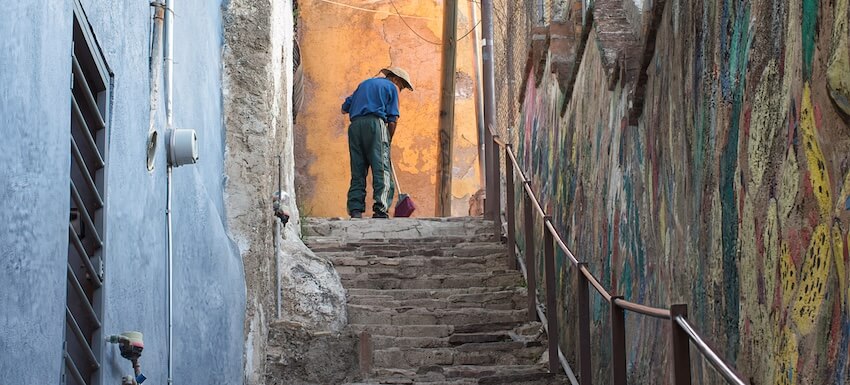


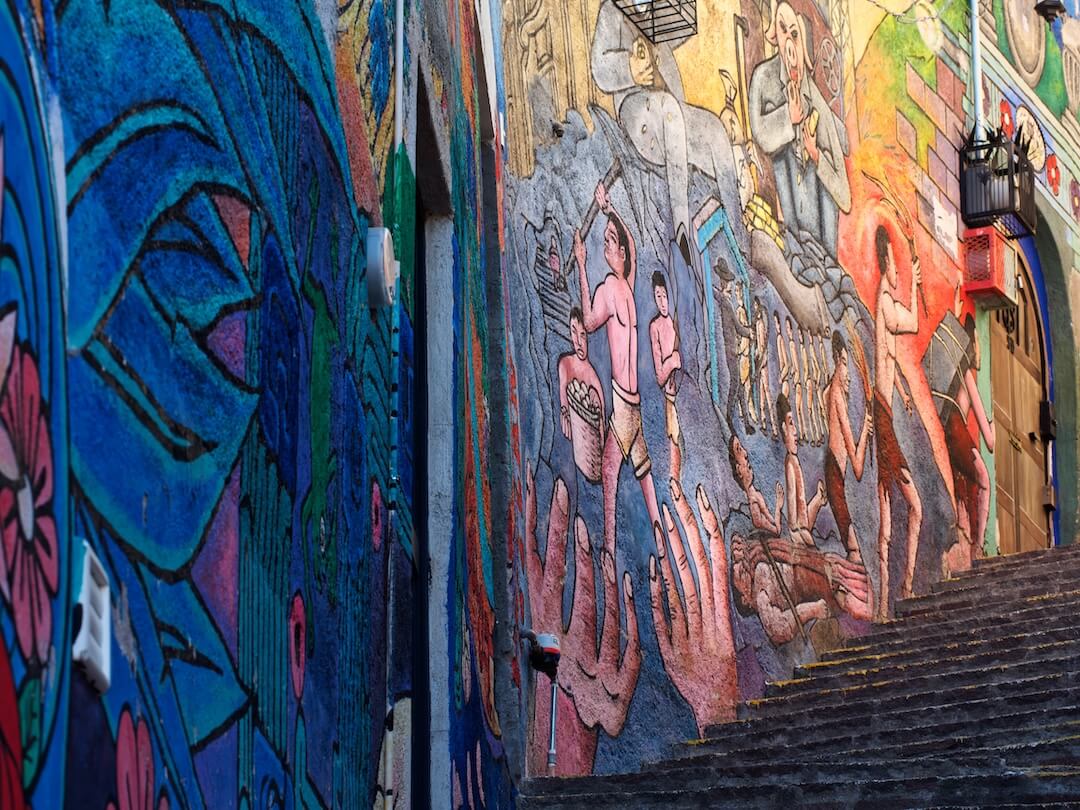
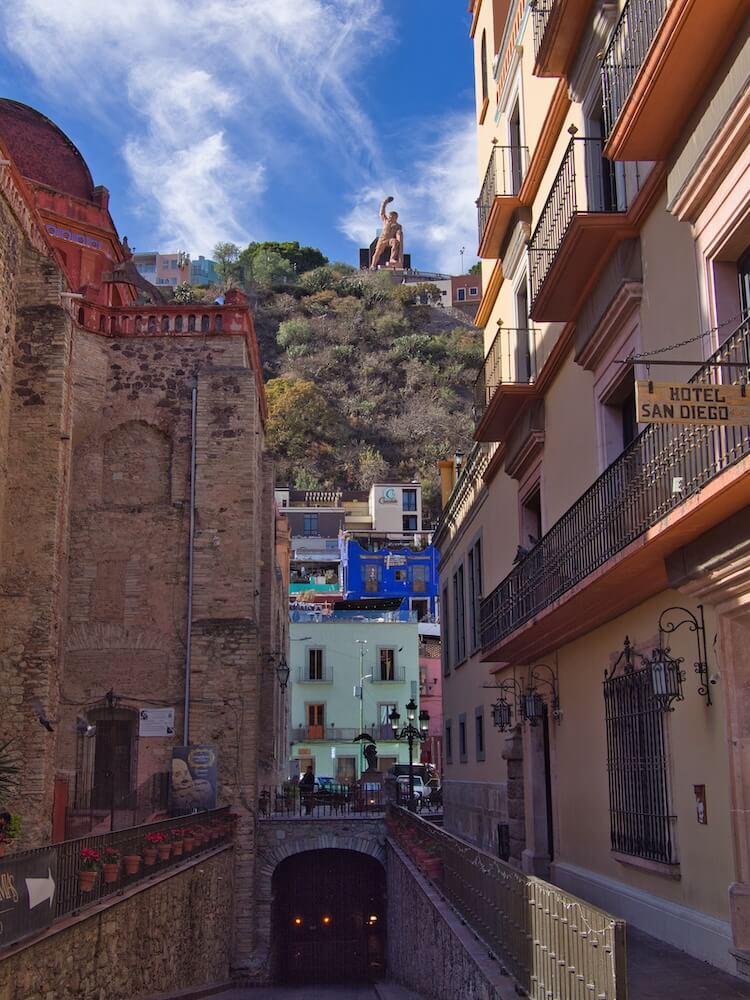
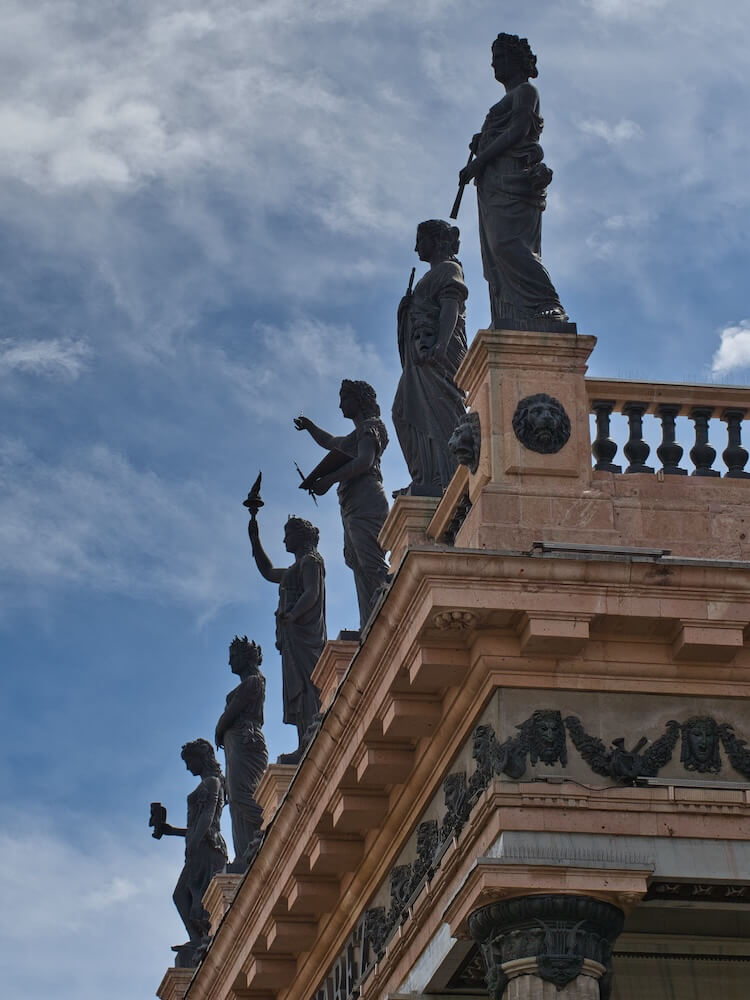
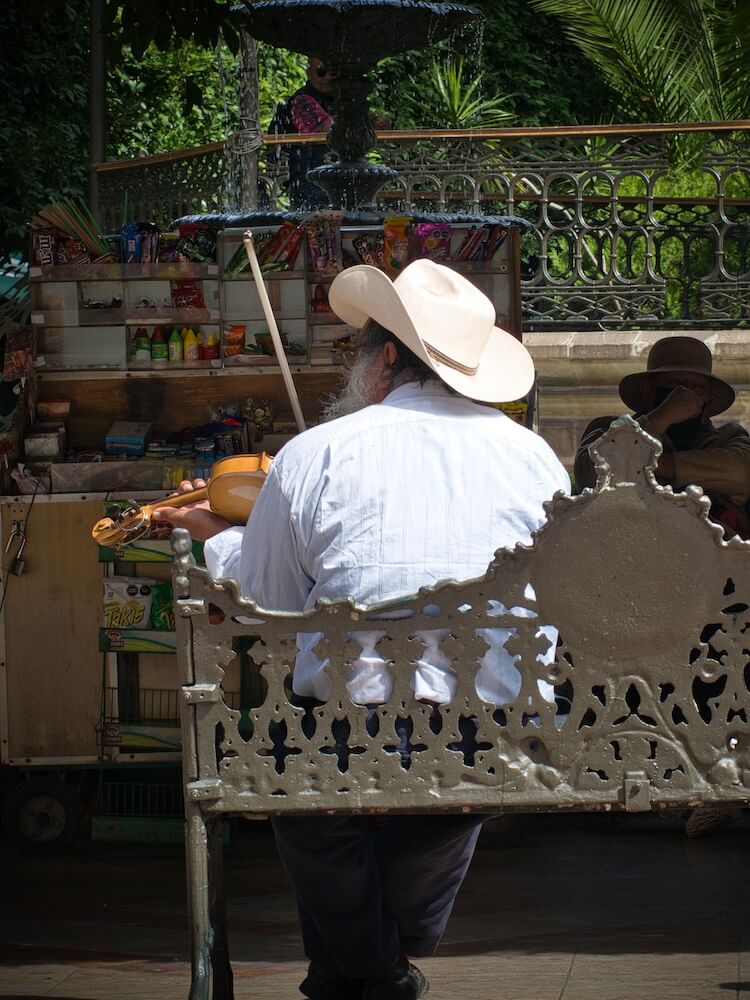


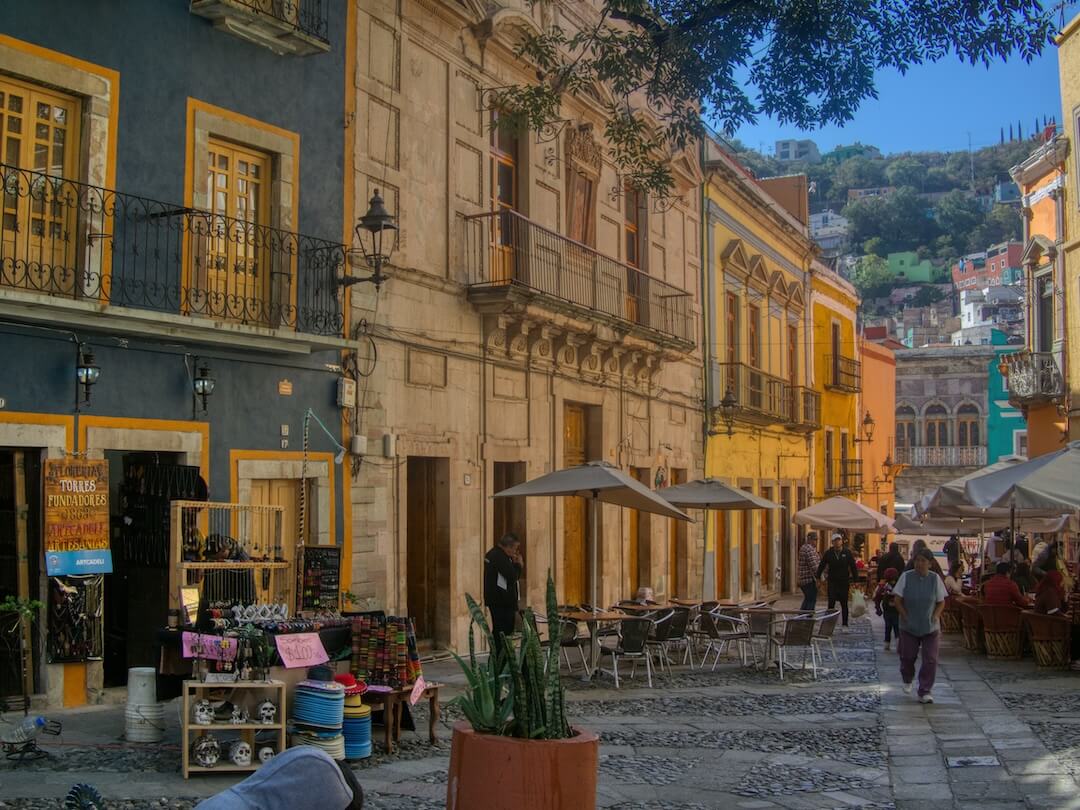
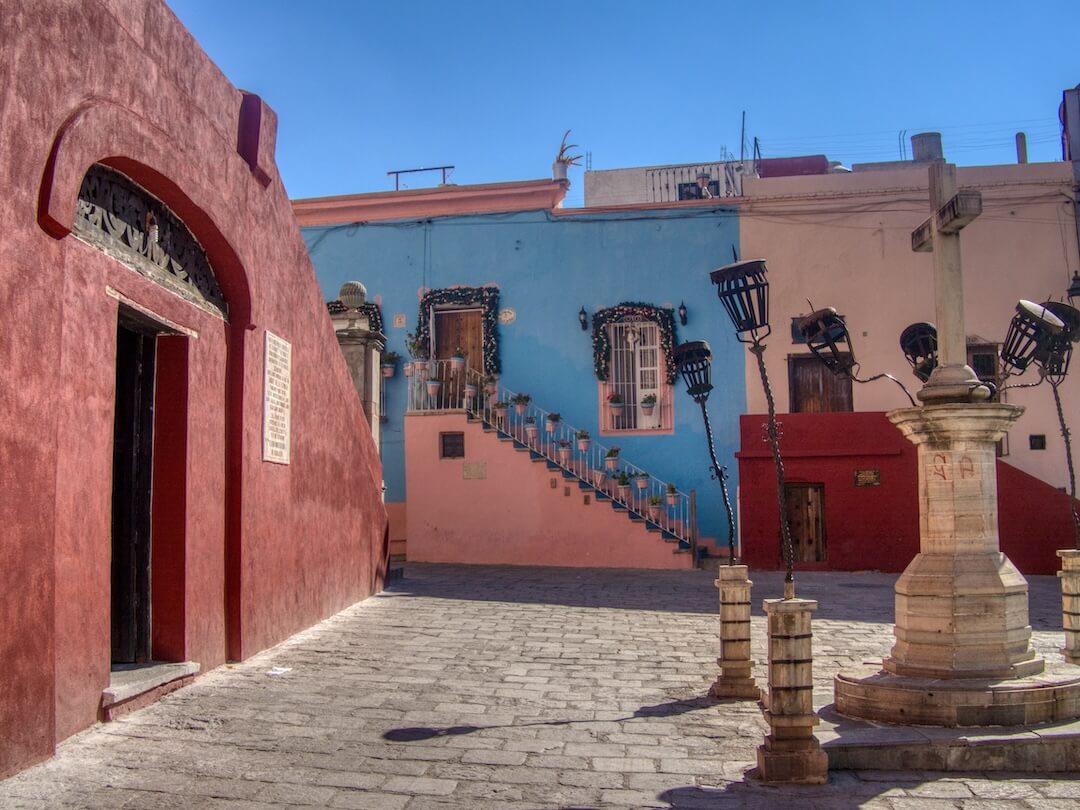
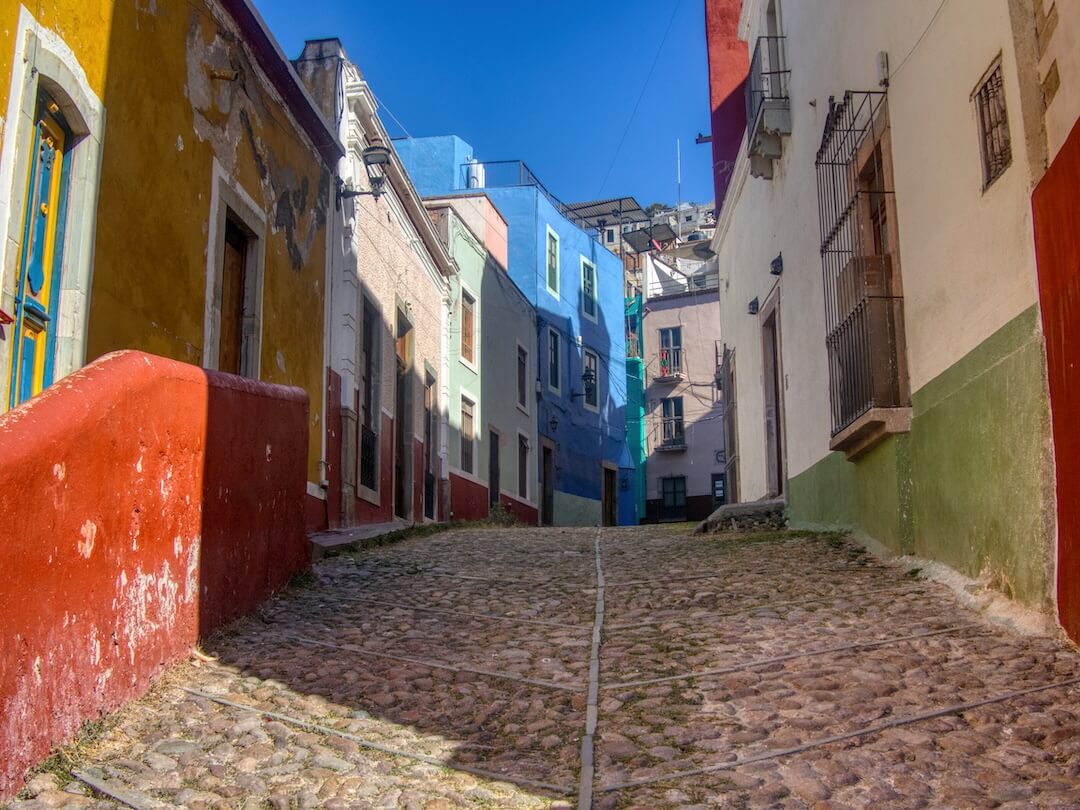
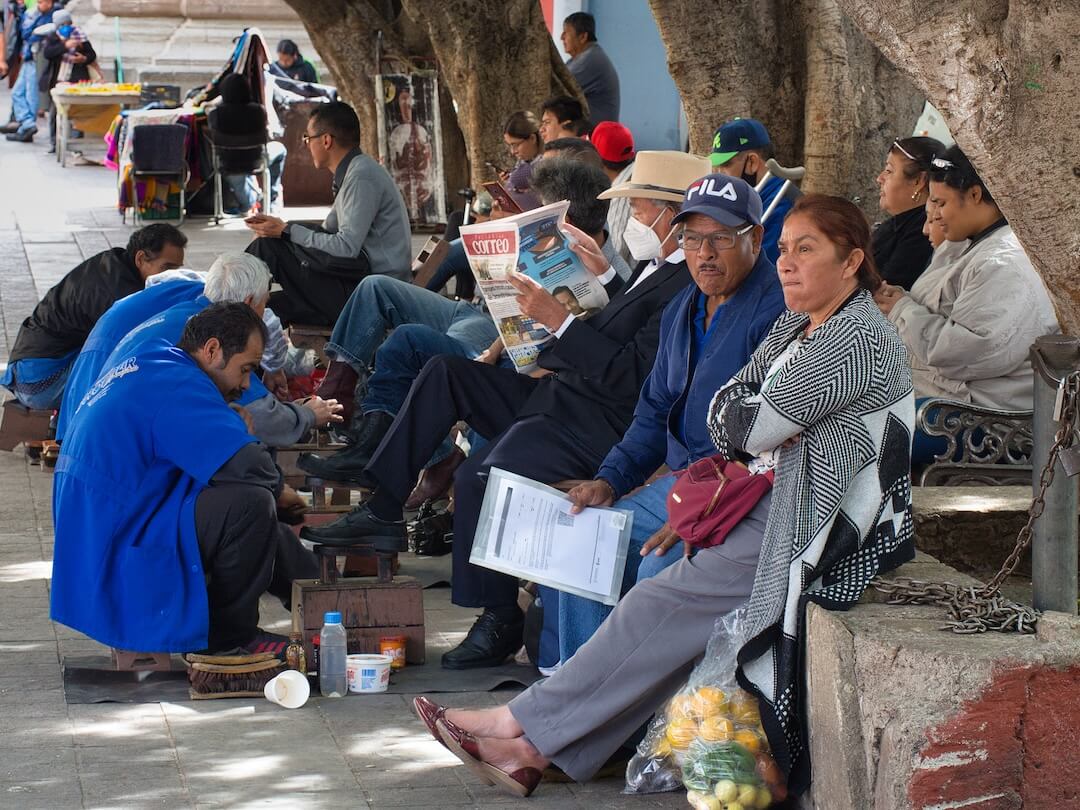
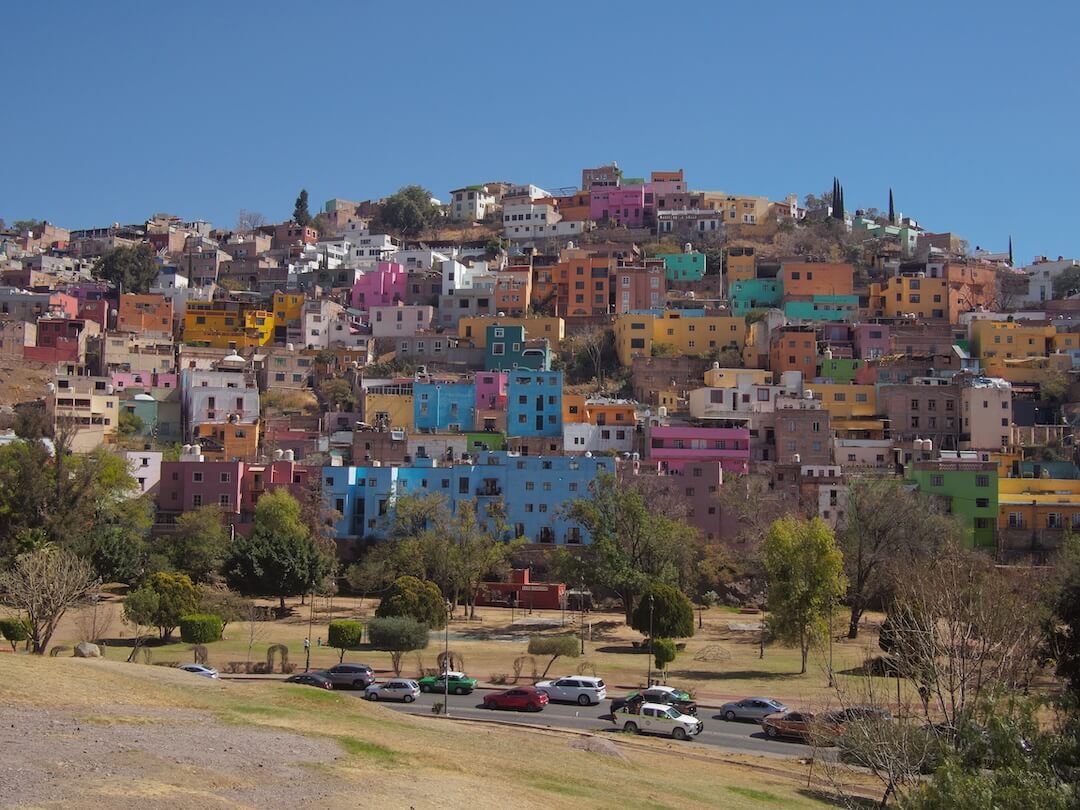
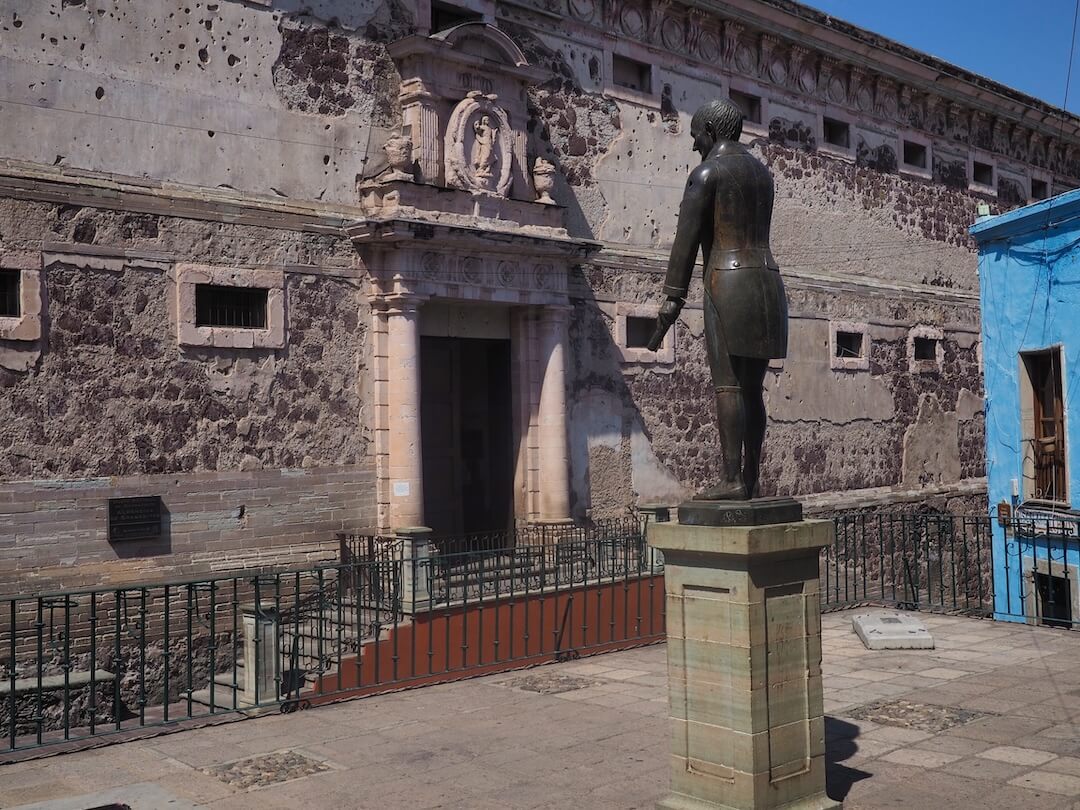
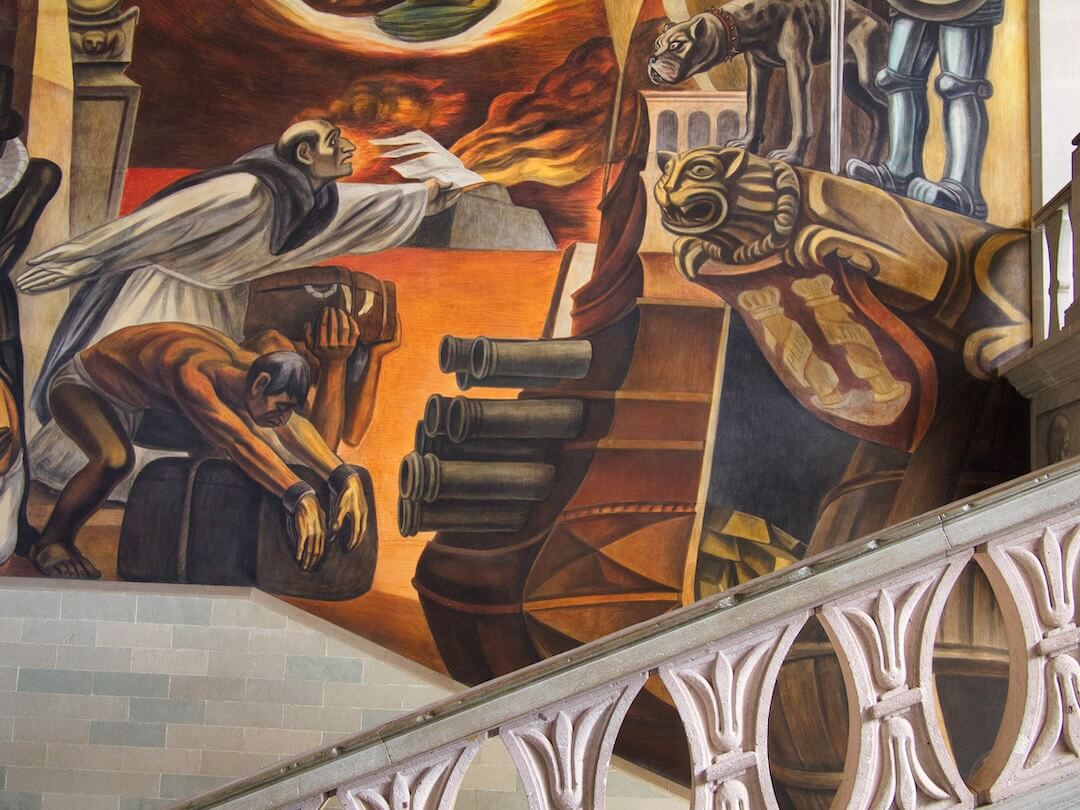
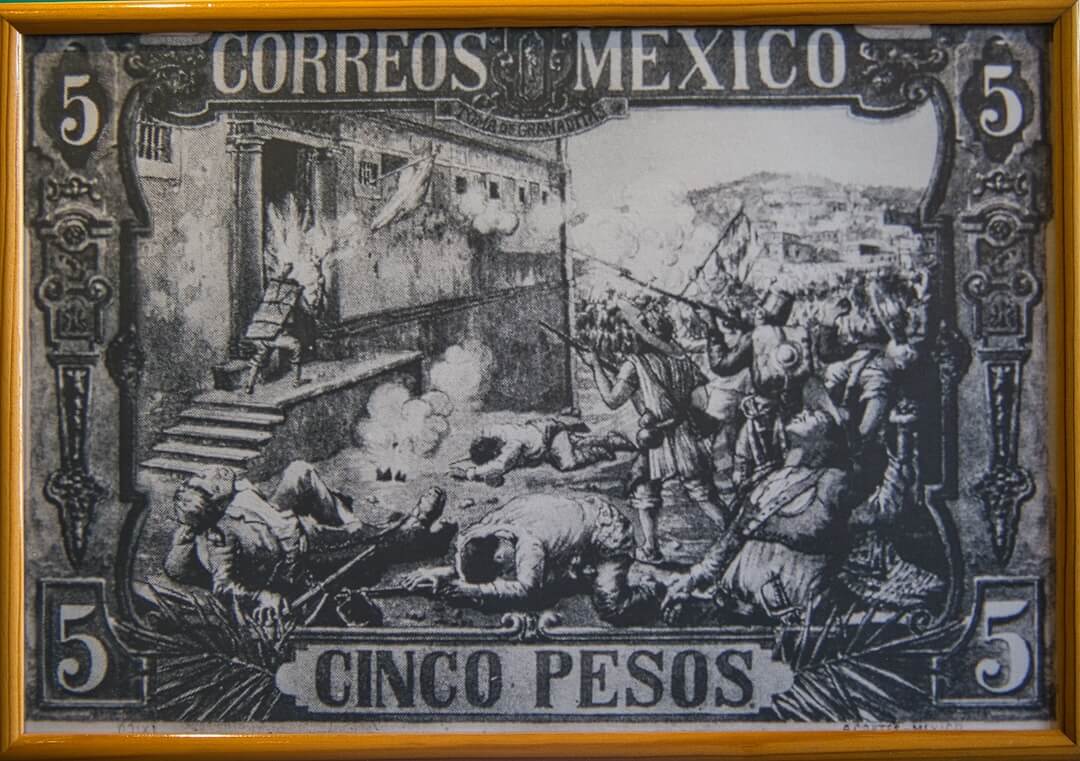

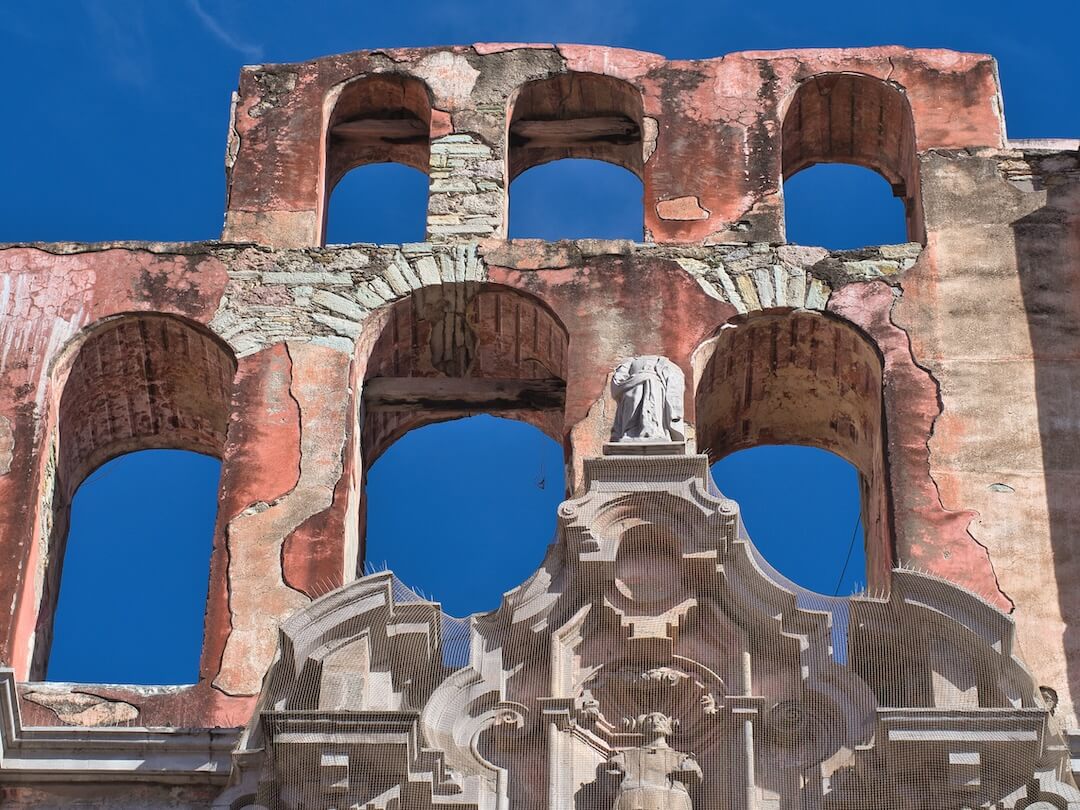
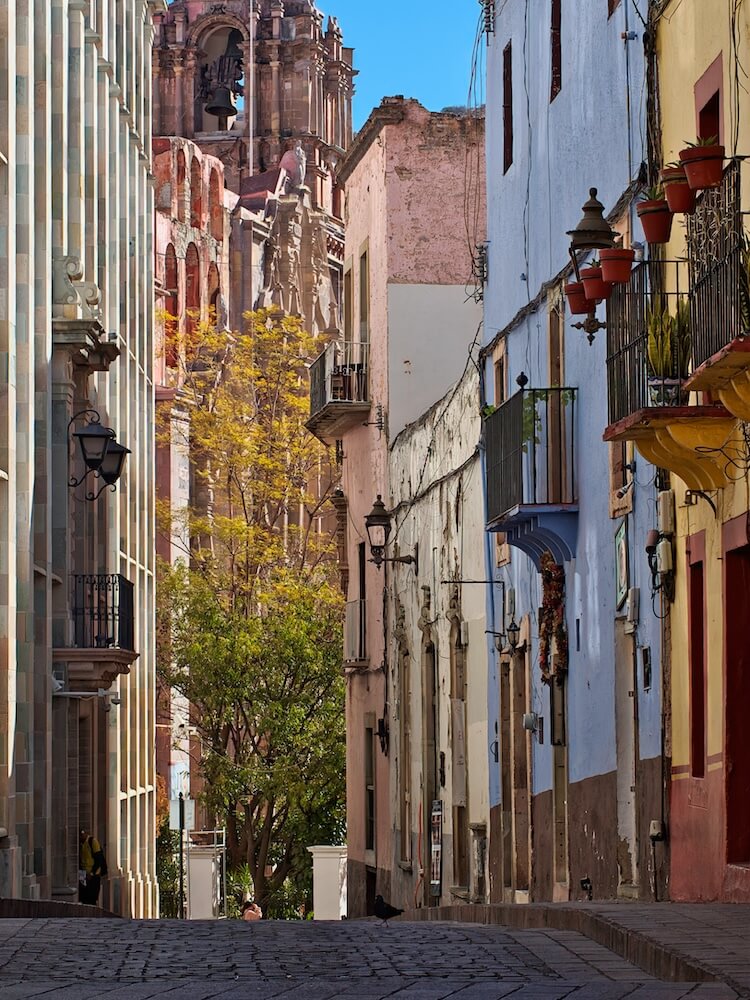
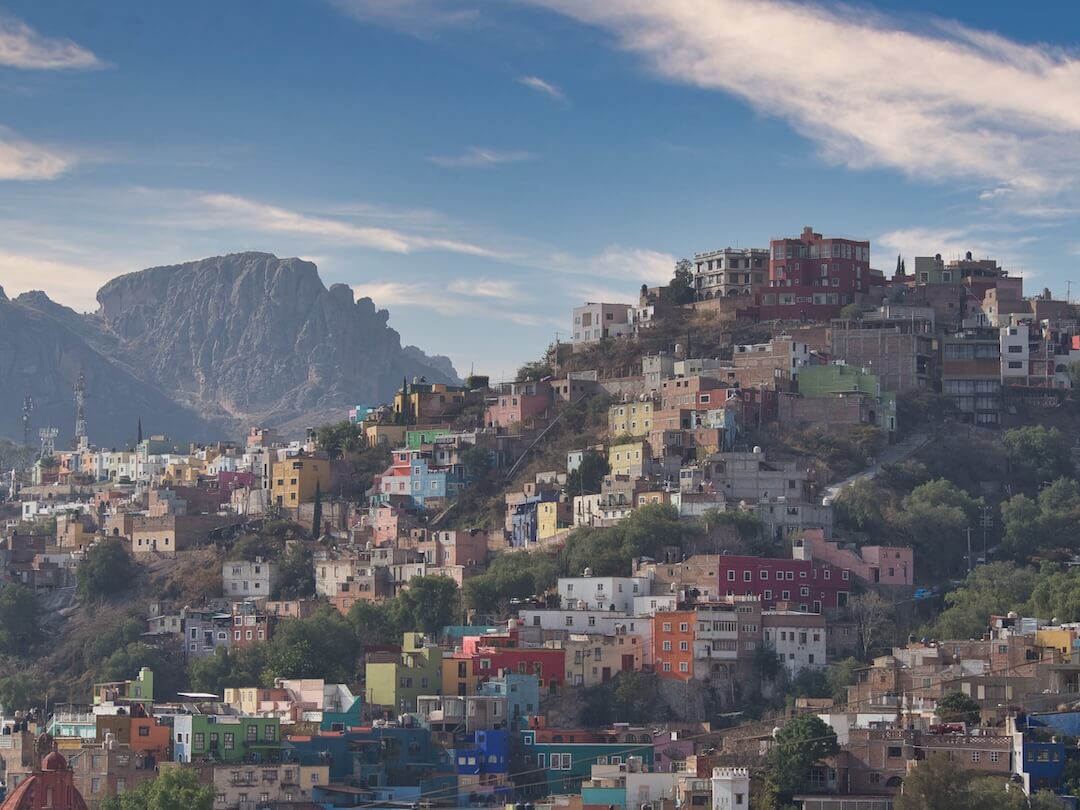
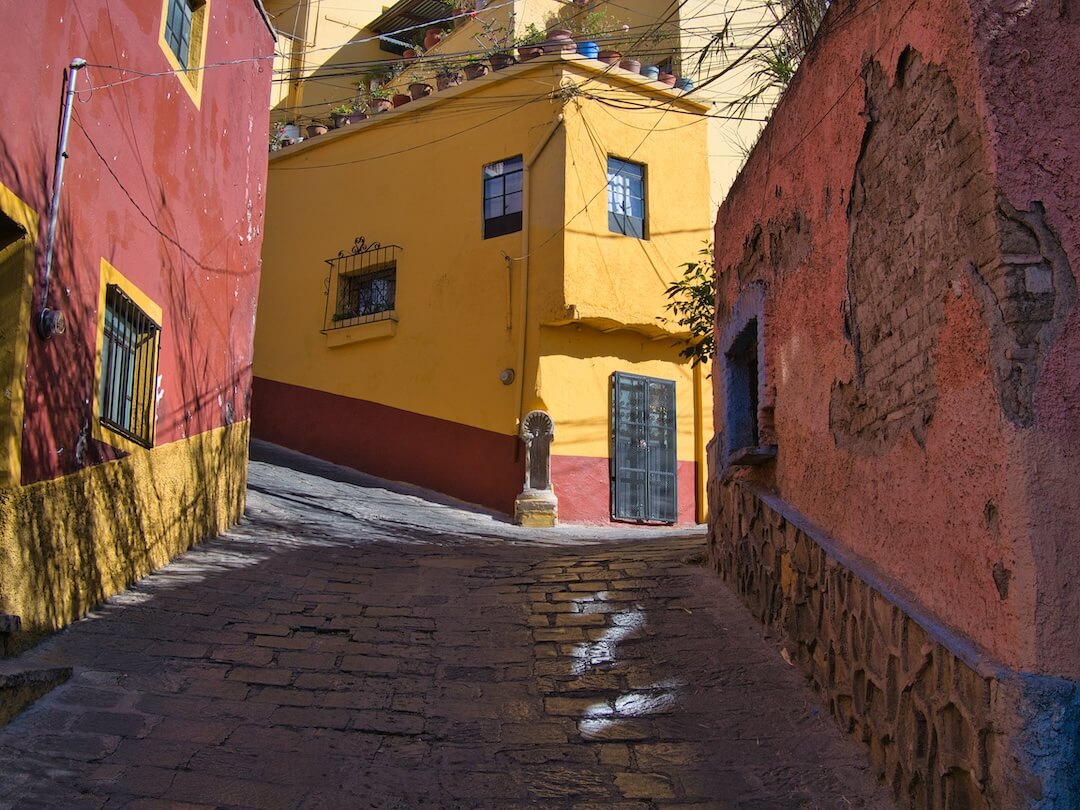
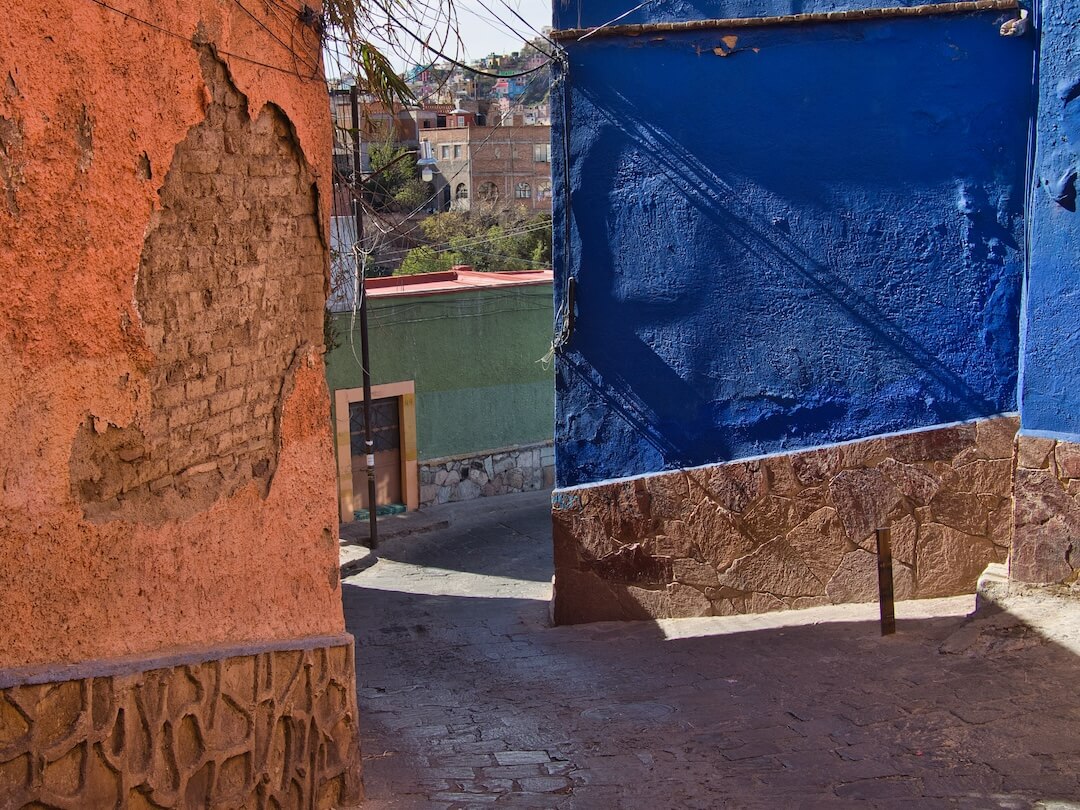
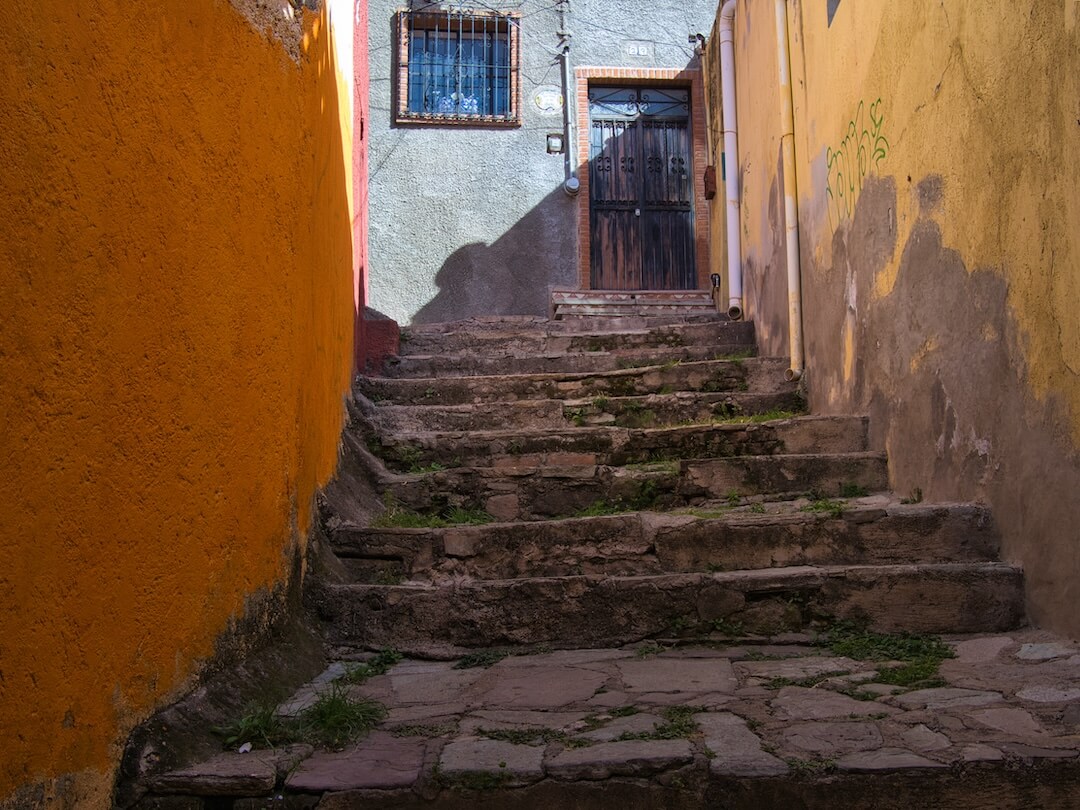



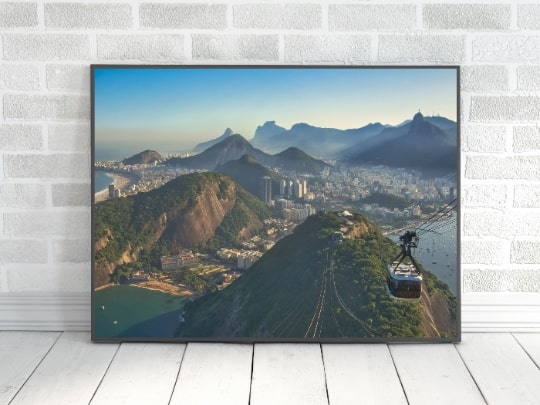
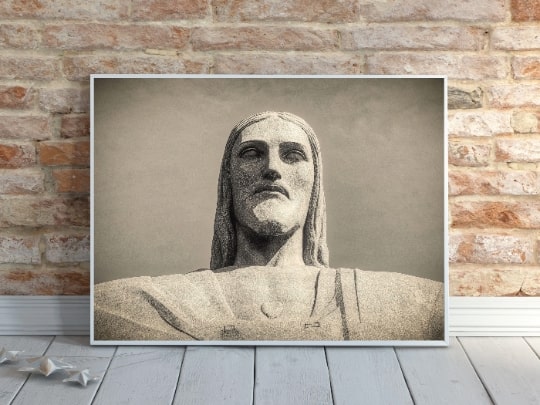

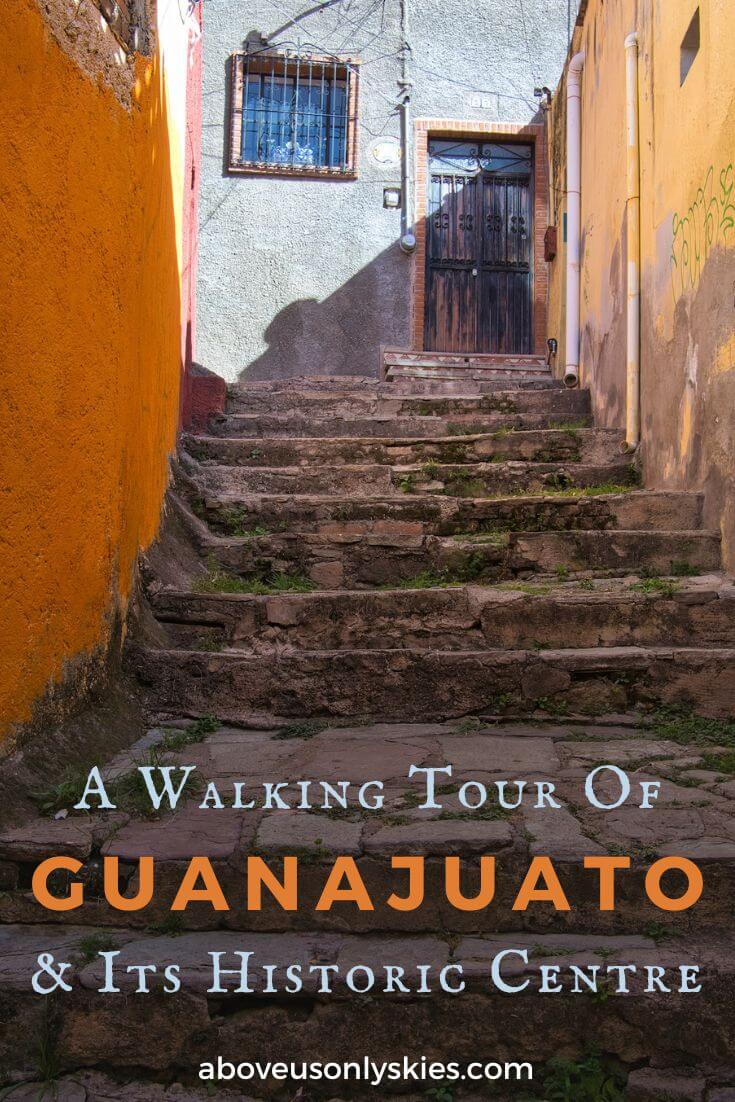

0 Comments